Soufli – It’s all about the Silk!
Today I had in mind to visit the town of Didymoteicho, North East of Alexandroupolis. T, the teacher that I had met on Samothrace had told me about her home town and its castle so I thought that it would be an interesting place to visit. Marianna told me that Soufli, known for its silk production was also worthy of a visit. So this is my plan for today. I will catch the bus to Soufli and then later, continue on to Didymoteicho.
At Alexandroupolis bus station in the centre of the town, I buy my ticket – a simple process. At 11:00am it begins the 65km journey to Soufli. The aftermath of the devastating fire in the Evros region earlier this year is evident right across the passing landscape. The charred remains of the hillside is a stark contrast to the large swathes of cotton fields, covered in what looks like thousands of cotton wool balls. The roadside is littered with the white bolls (the ripened fruit) that have blown over from the fields. I pass several trucks with large cages on the back stuffed full of unprocessed cotton, another key industry for the region along with tobacco cultivation.
I’m following the bus journey on Google Maps so I don’t miss my stop. Thankfully the bus driver calls out each stop as we arrive. It may be hard to believe but Soufli is just 500 metres from the Turkey border as defined by the Maritsa (Evros) River that runs 300 miles from Bulgaria to the Evros Delta. An attractive tree-lined street runs through the town with row upon row of cafes taking advantage of the shade.
My first stop is the Tsiakiris Museum of Art Silk on the main street a short walk from the bus stop. It is housed in an attractive neoclassical house owned by the Tsiakiris family who have been producing silk for over 60 years. I’m greeted by a young woman who introduces herself as Anna and invites me to watch a video. It outlines the entire silk production process along with its history in Soufli.
It was during Alexander the Great’s grand expedition to the East, that silk came to the attention of Europeans, firstly the Greeks and then the Romans. The Byzantine Emporer Justinine is said to have sent monks to the East to learn about its production. During the Byzantine era, centres of silk production developed in Thebes, Kos and Corinth.
From the 19th century, Soufli was one of the most important silk-producing towns in Europe with many of its exports going to France and Italy. During WW2, the industry went into decline due to the popularity of manmade fibres such as rayon and nylon. However, in recent years the local administration has made great efforts to revive the industry and to preserve the history of this local craft.
As for the process, it all begins with the cultivation of mulberry trees, the only food source a silkworm needs. Large areas along the Evros River were planted with mulberry groves, ideal growing conditions for this genus of tree. Many of Soufli’s population were involved in sericulture in one form or another and often on a cottage industry-type basis. Farmers would dedicate the upstairs of their homes to rearing the silkworms . These houses were known as Koukoulospita or cocoon houses. The conditions had to have the correct amount of light and humidity.
The tiny eggs of the common silk moth hatch to produce a silkworm. The silkworms have a voracious appetite and begin consuming vast quantities of mulberry leaves laid out on large tables. These need to be replenished at regular intervals and is a highly intensive process. The feeding frenzy lasts for around 35 days and during this time the silkworm grows to about 8cm in length.
During the next stage, the silkworm weaves a cocoon around itself by spewing a sticky protein made of a fibroin core and a sericin casing (hence the name sericulture). The continuous filament comes out of holes in the silkworm’s jaw. Once the cocoon is complete, the silkworm now meets a grizzly death. The cocoons are stifled (boiled or steamed) at a very high temperature to soften the sericin ready for the filaments to be unwound. This is where the video ends and the guided tour of the museum begins.
On the ground floor, there are examples of traditional tools and machinery used for the next part of the process – the unravelling of the thread. Each cocoon is typically made up of hundreds of yards of filament. Once the cocoon has been stifled they are given to the workers to unravel. A handful of cocoons are put into a shallow well or bowl on a table and then gently swept with a soft-bristled brush. This helps to release the end of the filament. Once the end is released, the whole cocoon is unravelled and wound onto bobbins. The twine is then graded before it goes on to the dying and weaving process.
The small museum consists of two floors. On the first floor there is a collection of weaving looms, examples of silk apparel and some of the tools used in the silk production. The ground floor exhibits the tools used to extract the filament and there is also a small shop where you can buy silk scarves and ties. Anna tells me that they still utilise a small cottage industry today. As part of the drive to promote the silk industry, the museum contracts work to the local community who employ their skills from home.
The Tsiakiris Art of Silk Museum is on Vasileos Georgiou 199
It is open every day, 0930 – 2100. Entry is free of charge.
There are several museums dedicated to the history and production of silk in Soufli. Almost every shop that you pass seems to be connected to the silk industry in one way or another. There are also other interesting museums in the town. A short walk from the Silk Art Museum I stumble across a shop displaying a beautiful silk dress in the window. On closer inspection I see that this is the Soufli Folklore Museum – Gnafala. As soon as I entered through the shop doorway, a friendly lady invites me view the small exhibition upstairs. The building is owned by the Bouroulitis family. For 3 generations they have collected and preserved artifacts that tell the story of Soufli and the community that lives here.
The displays along the walls are crammed with niknaks and curios including an example of a very elaborate wedding bread. I was so engrossed in the stories being told to me that the only photograph I took was of the bread. Before I leave I purchase a couple of keyrings made from silk cocoons for my granddaughters.
Continuing down the same street, I arrive at the Silk Museum housed in the 1883 Kourtidis Mansion. Connected to the mansion is a 2 storey cocoon house which now forms part of the museum. The museum itself is bright and modern. The first floor has several audio-visual displays demonstrating various aspects of the silk production process. The rest of the floor displays examples of the traditional machinery and tools. I love the display showing how natural materials were used in the dying process such as onion skins, fig tree leaves and madder root. There are some beautiful examples of traditional Soufliot clothing.
On the ground floor there is an exquisite collection of silk clothing from the Chinese opera, donated in 2018 to Soufli by the Embassy of the People’s Republic of China.
The Silk Museum is located in Eleftheriou Venizelou 73
Opening hours: From March 1st through to October 15th: Daily (except Tuesdays) 10 am – 6 pm.
From October 16th through to February 28th: Daily (except Tuesdays) 10 am – 5 pm. It is closed during public holidays and entry is 4€ per person plus concessionary rates
The small town of Soufli is like a living museum. There are a number of Koukoulospita (Cocoon houses) at almost every turn. Many have at some point been a museum and several now lay semi-derelict but I prefer to think of them as just dormant. Just like the silkworm eggs in winter, waiting for the warmth of the spring sun to bring them to life, the Koukoulospita wait to be regenerated once again into a thriving silk hub.
I now realise that time has crept by far faster than I’d expected it to. Soufli and its surrounding villages that almost touch Turkey is a place that I need to come back and explore further.
I have a text message telling me that the trip to the Evros Delta is scheduled for tomorrow afternoon so that’s another exciting trip to look forward to!
Later that evening I decided to try another restaurant. The blend of cultures in Alexandroupolis means an interesting selection of food offerings. Tonight I decided to go Armenian. Just beyond the Alexandroupolis Lighthouse across the road from the corniche is Hovoli Armenian Restaurant.
Oh my goodness the food was good!



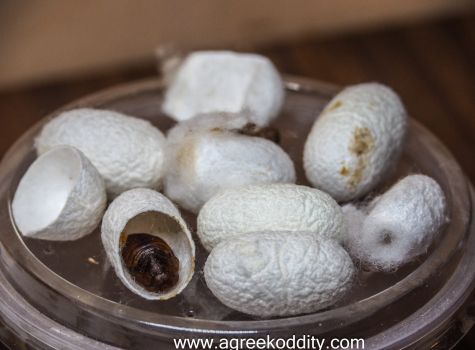
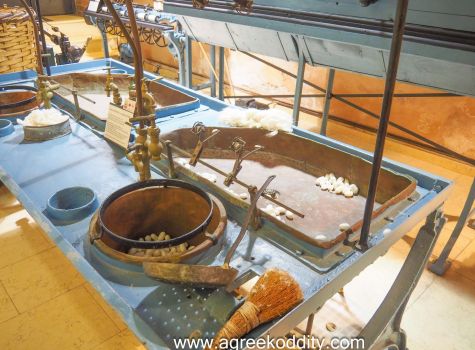
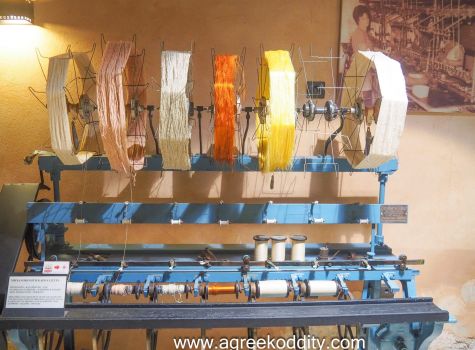
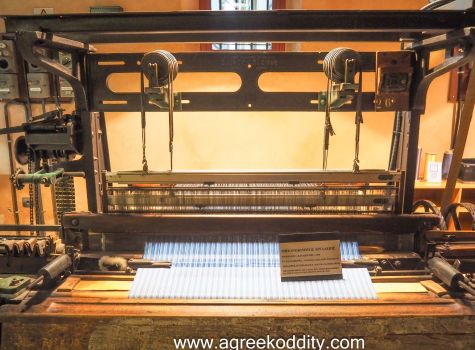
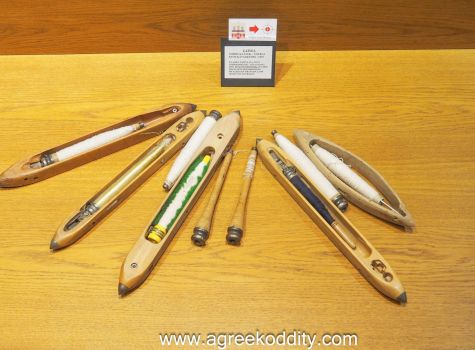
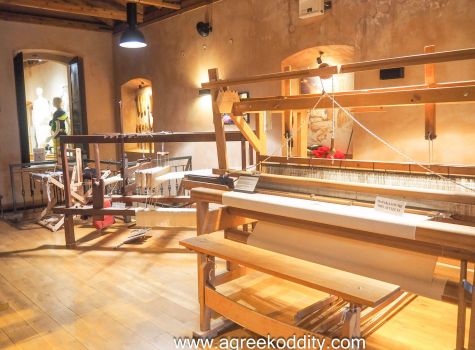

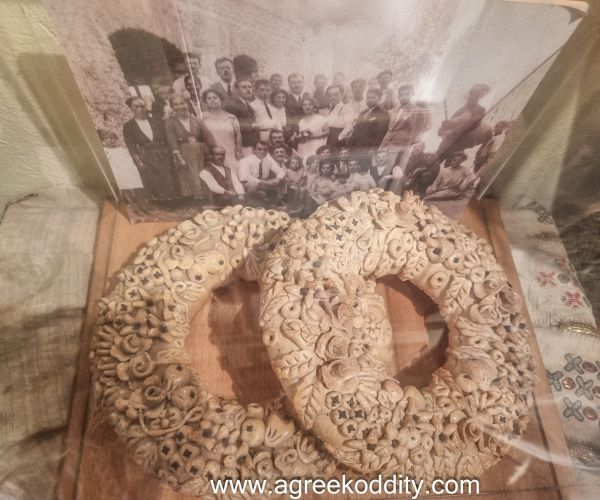
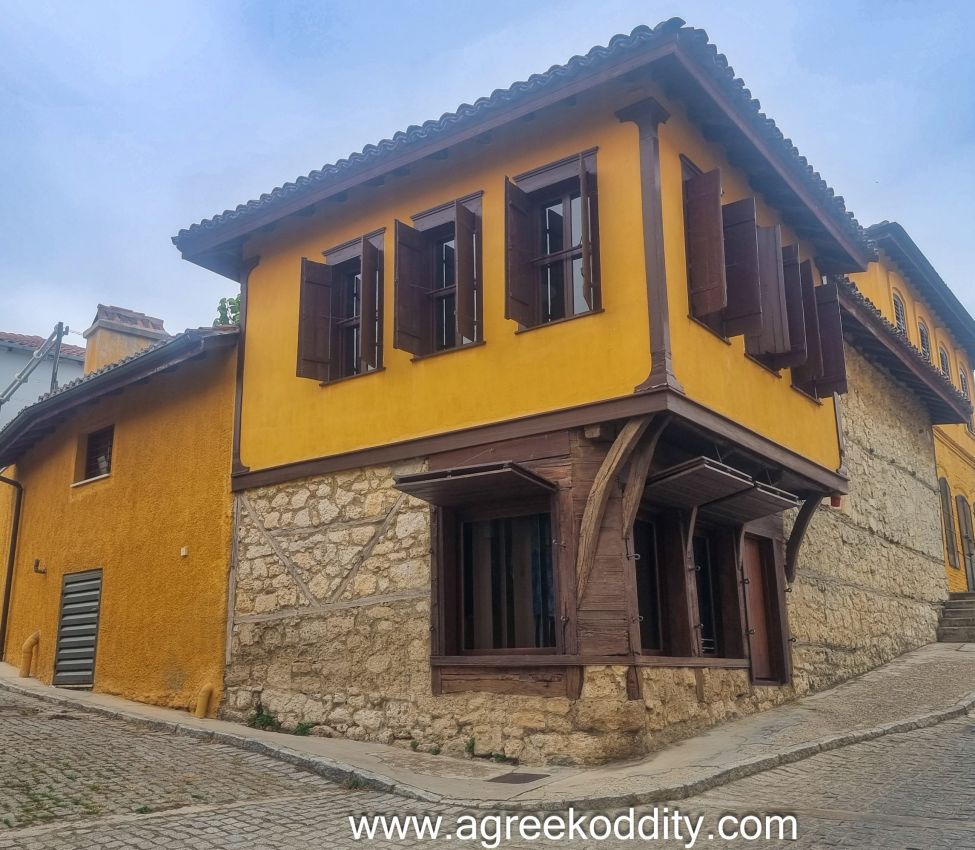
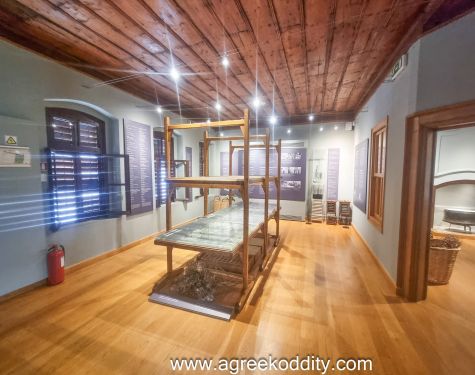
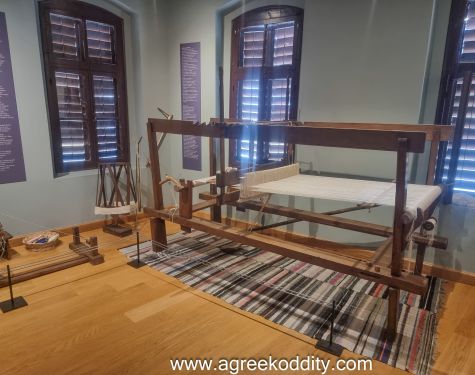

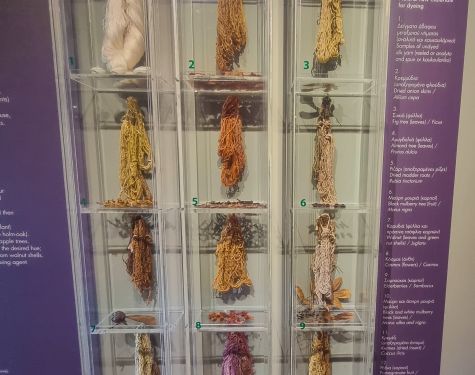
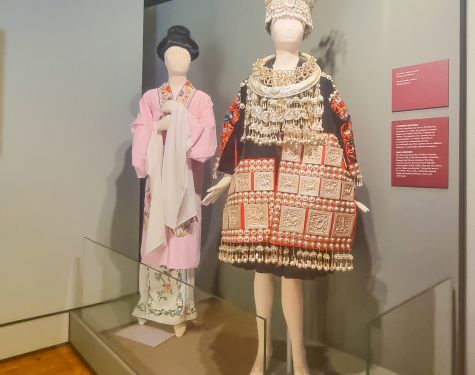
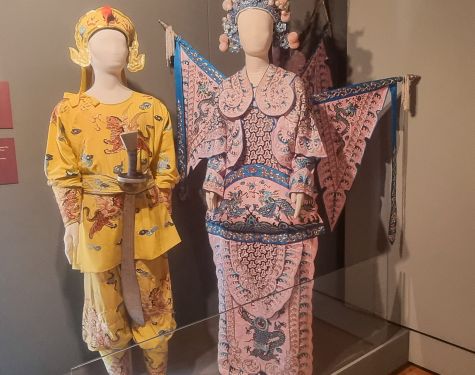
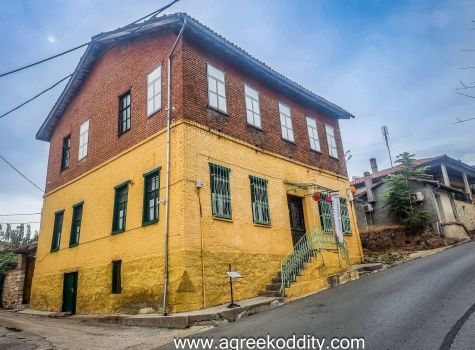
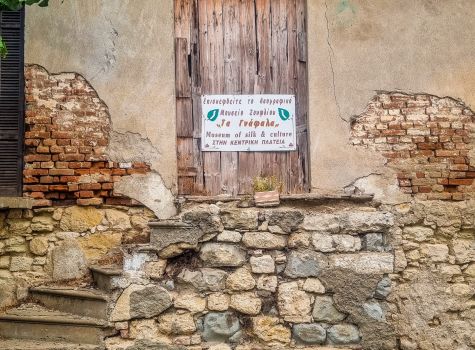
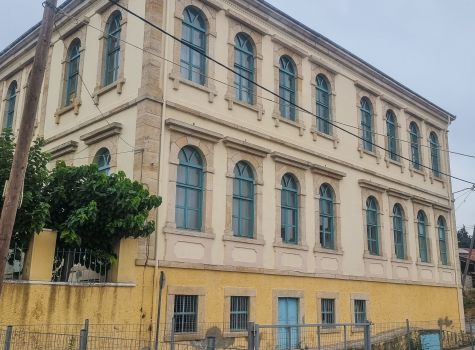
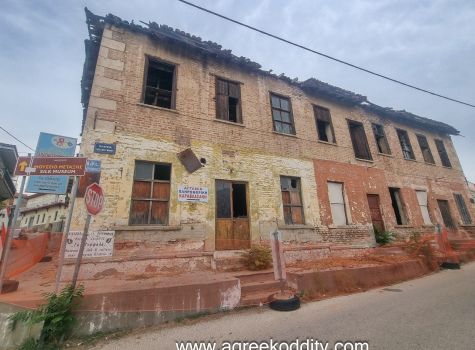
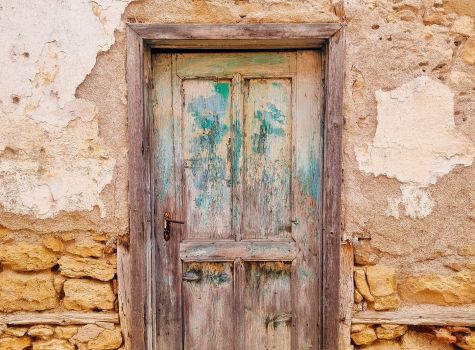
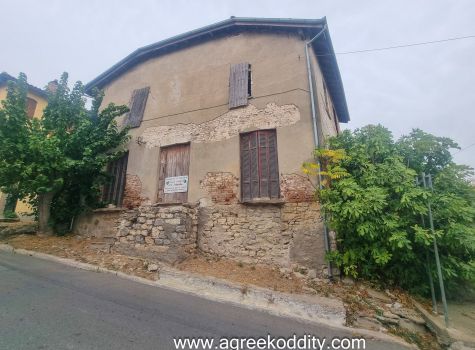

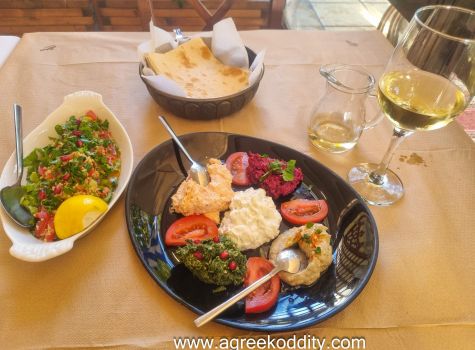
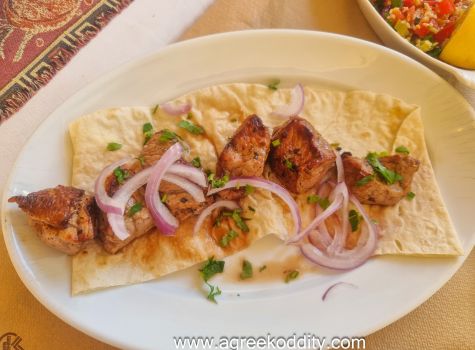







I always love the pictures of your meals – possibly the most important part of my holidays ! Interesting information on the silk production – good to see the industry being revived.
Yes Looking forward to my first meal of the trip next week! 🥰🥰🥰